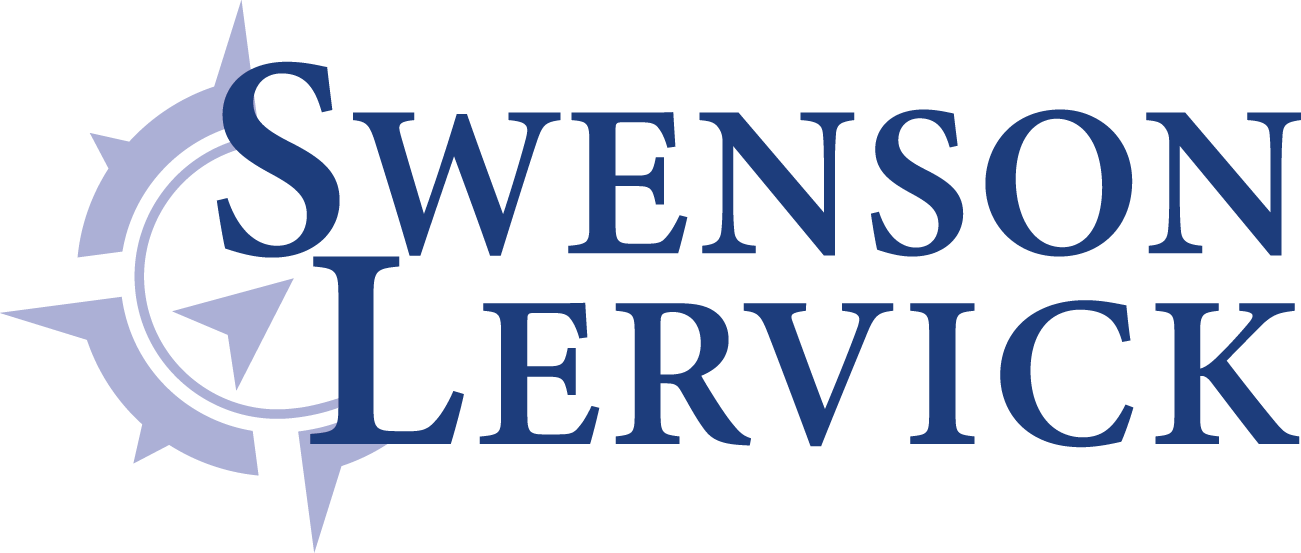In a previous article I noted that most lawsuits include an information-sharing phase called discovery. Discovery is like a fishing expedition because it is how the parties “fish” for information about each other’s cases. And, like a tackle box with different lures, the courts’ rules give us many different tools for fishing for information during a lawsuit.
For example, the rules in Minnesota require that shortly after a lawsuit is started, the parties must disclose to each other basic information about the case. These are called “initial disclosures,” and they include information such as the names and addresses of witnesses, copies of documents related to the case, insurance information, and damage calculations.
The rules also allow us to send written questions (called “interrogatories”) that the other side must answer in writing. We can also require them to produce documents or allow the inspection of things or places that relate to the lawsuit. We can require our opponent to admit or deny certain facts in order to narrow the issues in dispute.
A more formal type of discovery is the deposition. This is where a witness is questioned by the lawyers, and a court reporter is present to create a written transcript of the proceeding. In a deposition, the witness testifies under oath, and the transcript can be used in court. Sometimes, depositions are video-recorded and replayed in court.
When a person’s physical or mental health is one of the issues in the case, they can be required to attend an “independent medical examination” (an “IME”). During an IME, a doctor with expertise relating to the person’s condition will examine that person and then issue a report summarizing his or her findings. The IME doctor might also testify in court.
All of these discovery tools are available to help each side fish for information about the strengths and weaknesses of their case. They are designed to significantly reduce the likelihood that anyone will be surprised by what happens in court.
And, as when fishing, you need to be patient with discovery. Discovery can take many months to complete. Like fishing, it can also be expensive. So, we customize the discovery we initiate based on how complex a case is, our client’s budget, the time involved, and many other factors. Not every discovery tool is needed in every case.
There is one big way in which discovery is not like fishing. When we fish, there is no one on the bottom of the lake forcing the fish to bite when they don’t want to. But, if someone refuses to respond to a properly submitted discovery request, a judge can order them to respond.
We hope you’re never involved in a lawsuit. But if you are, give us call. We’re here to guide you through the discovery process and all aspects of your case so that you can get on with life.


